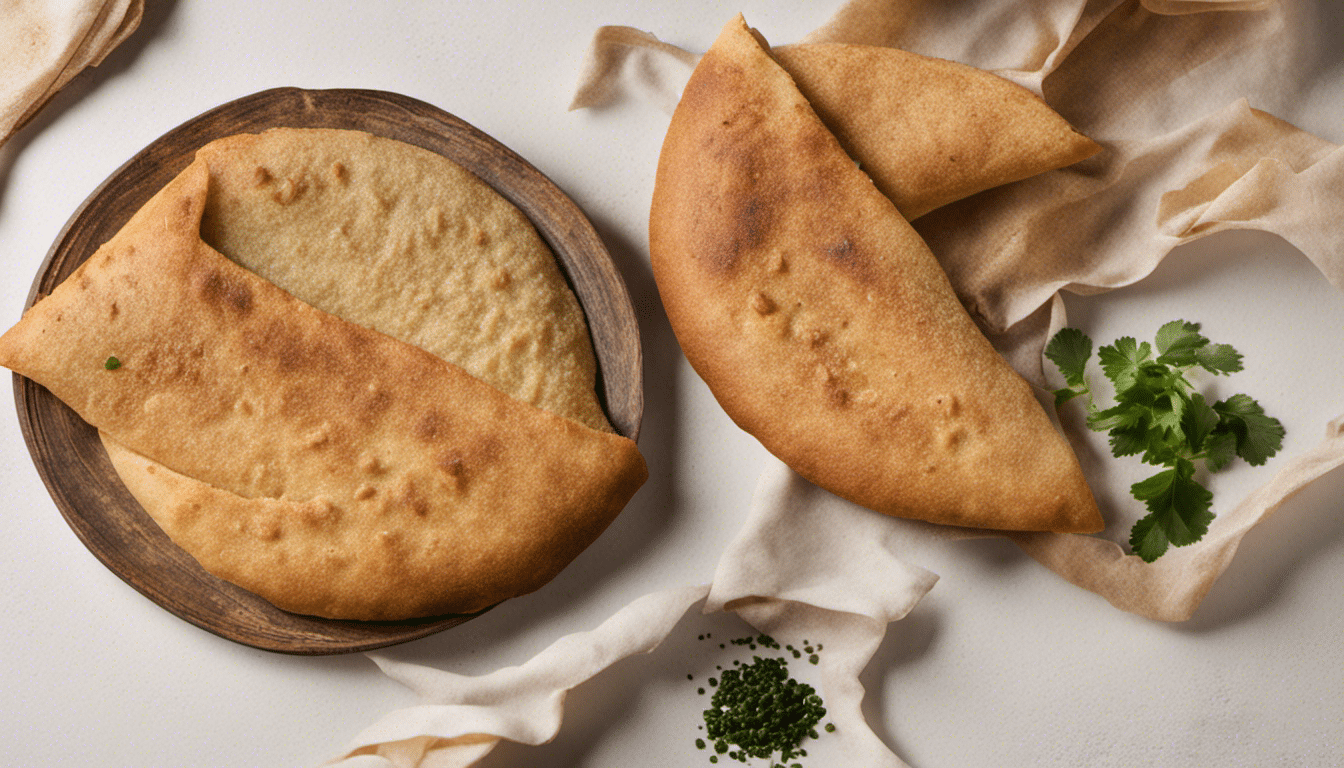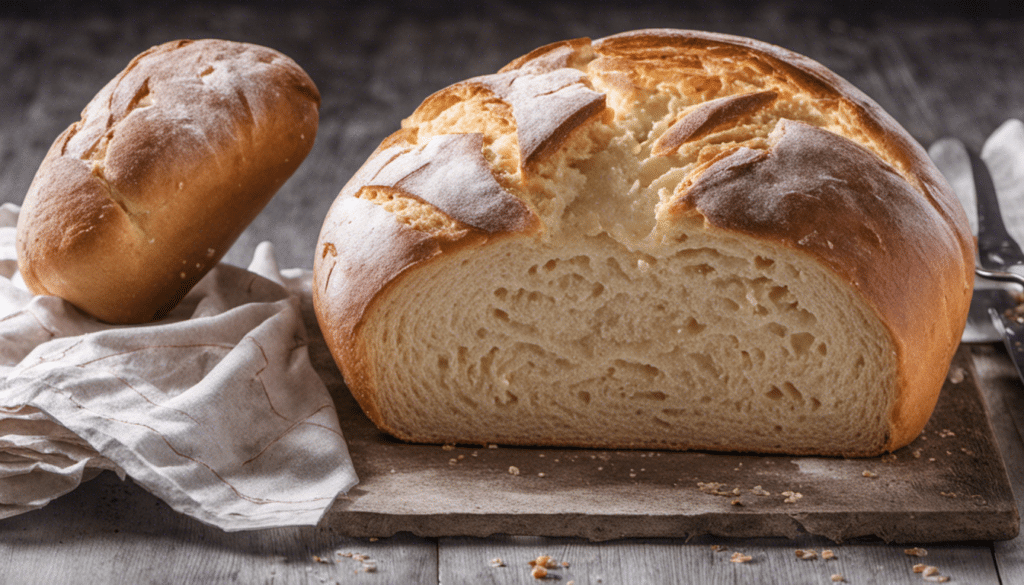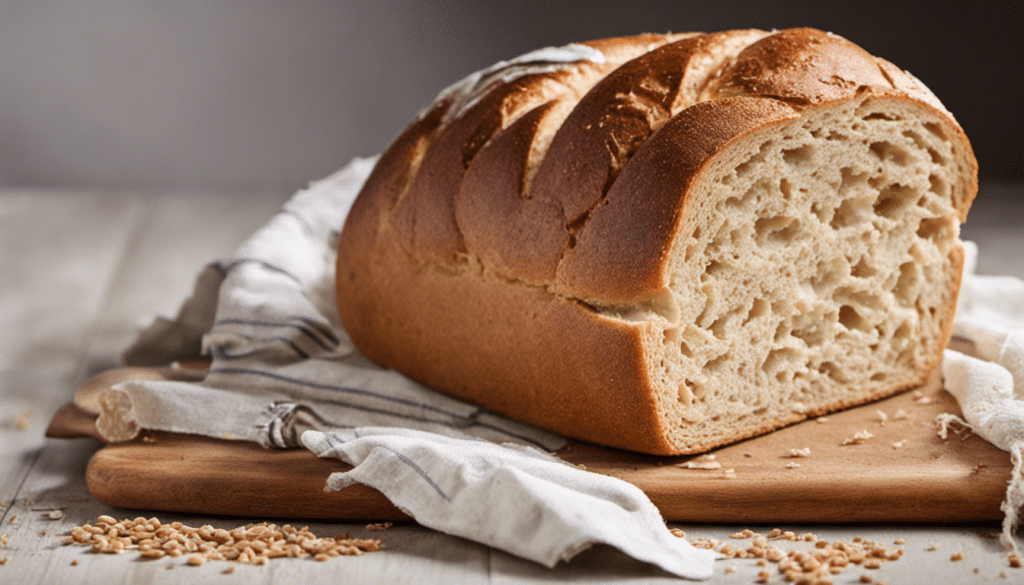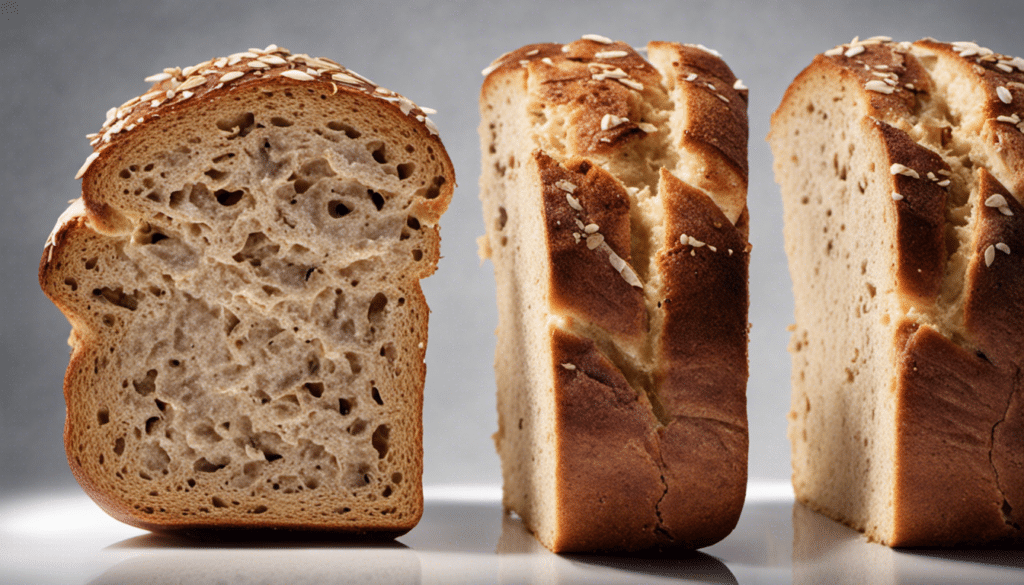| Prep: 12 hours (including soaking and fermentation) | Cook: 30 mins | Difficulty: Medium | Serves: 6 |
| kcal | fat | saturates | carbs |
| 114 | 0.76g | 0.11g | 23.93g |
| sugars | fibre | protein | salt |
| 0.41g | 1.74g | 3.77g | 0.39g |
About Dosa
You may not be well acquainted with the South Indian delicacy named Dosa, enough to see it as a mere “bread”, but it is a dish with its own unique set of characteristics that set it apart from the rest. You’d be amazed to learn about the rich culinary heritage it holds behind its simple, unassuming appearance. More than just a bread, it is a cultural icon, a reminiscence of the vast Indian gastronomy, notably from the Southern regions, introducing the world to a distinct genre of food.
Exploring the Roots of Dosa
Historically, Dosa traces its roots to the Tuluva Mangalorean cuisine of Karnataka, from where it popularized to various other parts of India and eventually around the globe. IndianFoodForever offers an interesting detail into the origins of this delectable dish. While dosa carries semblances to pancakes or crepes, it carves its niche with its distinct texture, flavor, and preparation methodology.
The Quintessential Dosa
Think of Dosa, and your mind will immediately envision a plate of something exquisite and delicate yet crispy – perfectly golden. Well, that’s exactly what you get with dosa. This thin, crispy bread is often rolled or folded, and it offers a delightfully crisp experience with every bite. Much like the perfect balance of a pancake’s fluffiness and a crepe’s thinness, Dosa strikes its own balance, adored by every Indian food enthusiast for its soft insides, yet flaky and crisply fried edges.
The key to Dosa’s flavor profile and texture lies in its intricate blend of ingredients. The combination of idli rice, urad dal, poha, fenugreek seeds, water, Pink Himalayan salt, and oil brings to life an unforgettable treat. Each ingredient has its role in complimenting this staple of Indian cuisine. The fenugreek seeds and Pink Himalayan salt in particular are indispensable, lending a vibrant but subtle boost to Dosa’s overall taste — a homely, comforting flavor that has won hearts the world over.
Pairing Dosa with Delights
The simplistic yet rich flavor of Dosa often makes it a winning pair with various Indian curries, chutneys and sauces. This versatile bread is typically featured alongside delicious accompaniments like Sambar and coconut chutney. Dosa’s unique characteristics allow it to work wonderfully as a part of various recipes or simply as it is, constituting the mainstay of several specially crafted Indian meal courses.
So next time you come across Dosa, remember, it’s much more than just bread – it’s a taste of Southern India, a whisper of an age-old culture, and an experience in itself. Enjoy every fold, every crunch and every morsel, as you participate in a rich, culinary tradition that is the Dosa.
What You’ll Need
- 1.5 cups of Idli rice
- 0.5 cups of Urad dal (skinned black lentils)
- 0.25 cups of Poha (flattened rice)
- 0.5 teaspoon of Fenugreek seeds
- 2 cups of water for soaking
- 1.5 cups of water for grinding
- 1 teaspoon of Pink Himalayan salt
- 0.5 tablespoon of oil for frying
Method
Step One
Combine the idli rice, urad dal, poha, and fenugreek seeds in a large bowl. Pour in 2 cups of water and soak for 4-5 hours or until the ingredients have softened.
Step Two
Once soaked, drain off the water. Transfer the mixture into a blender. Add anadditional 1.5 cups of water and grind until a smooth paste is formed.
Step Three
Transfer the batter back into the bowl and add 1 teaspoon of Pink Himalayan salt. Mix well and allow it to ferment overnight. Ensure the bowl is large enough as the batter would double in volume after fermentation.
Step Four
After fermentation, mix the batter gently. Take a ladle full of batter and pour it onto a heated non-stick pan. Spread the batter in a circular motion, starting from the center moving towards the edges, forming a thin pancake.
Step Five
Drizzle half a tablespoon of oil around the edges. Cook on medium heat until dosa turns golden and crispy. Once it’s fully cooked, fold it in half and it’s ready to serve. Repeat with the remaining batter.
Step Six
Serve the freshly made dosa with a side of your favorite chutney, sambar, or aloo masala.




